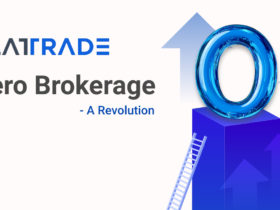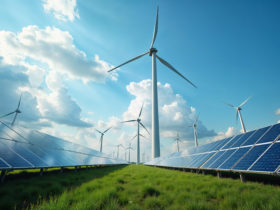India’s Room Air Conditioner (RAC) industry volumes is expected to expand further by 15-20% in FY2024 after a robust growth of 26-28% in FY2023, according to rating agency ICRA. The analysis is based on the rating agency’s sample set of four RAC players representing 55–58% of the domestic market.
Further, the government’s Production Linked Incentive (PLI) scheme has received a strong response from both global and domestic companies, and they have committed a capital outlay of Rs. 4,806 crore. This will help reduce imports and support industry margins through backward integration.
ICRA estimates the domestic RAC market at 6.4-6.8 million units in terms of volume and Rs 17,000-18,000 crore by value in FY2022, having recovered from the pandemic-induced low of FY2021. In FY2023, the industry witnessed significant improvement in sales volume owing to an elongated and intense summer season along with pent-up demand.
“The industry has significant growth potential considering its low penetration of 7-9% of total urban Indian households, compared to 90% in developed countries. Increasing urbanisation, growing disposable income, improving consumer finance availability and increasing RACs per household are expected to support the volume, as well as revenue growth,” said Sheetal Sharad, Vice President and Sector Head – Corporate Ratings, ICRA.
Sharad added that air condition manufacturer are launching more models in the 4- and 5-star higher energy efficiency categories owing to shifting consumer demand towards these energy-efficient models. Though, consumer preference for these categories is rising, 3-star air conditioners continues to dominate the market owing to a good balance between price and energy savings.
Further, both global as well as domestic RAC players have committed capex for high-value AC intermediates, sub-assemblies, and low-value intermediates under the PLI scheme. RAC players with backward integration in high-value intermediates such as compressors are expected to reach 65–75% of domestic value addition.

Compact and energy efficient models such as split AC models continue to dominate the RAC market. Moreover, RACs with inverter technology are expected to witness relatively higher growth over traditional RACs due to better energy efficiency and a reduced price difference. The cumulative share of 4- and 5-star inverter RACs by volume is expected to increase to 30–40% in FY2025 from 20–23% in FY2022.
Meanwhile, RAC manufacturers in India have only 30-40% localisation levels as they import key components like compressors, controllers, motors, fans, heat exchanger coils, and PCBs from China, Thailand and Malaysia. RAC manufacturers have been facing input cost pressures since the beginning of FY2022, driven by increasing prices of commodities like copper and aluminium as well as high import dependence. Also, adverse forex fluctuations impacted the cost structures of manufacturers. Subsequently, the industry had to pass on the higher costs through multiple price hikes in FY2022. However, commodity prices declined in FY2023 and the cost pressures are estimated to have moderated to an extent.
Moreover, ICRA expects operating profit margin for the sample set to improve to 8.8%-9.2%% in FY2024 from 8%–8.4% in FY2023, supported by moderation in commodity prices and backward integration. The gearing and coverage indicators are expected to remain comfortable owing to limited dependence on debt and the healthy balance sheets of the global parent companies of Indian RAC players. Nonetheless, companies will remain exposed to changes in regulatory norms like import duties, commodity price volatility, forex fluctuations and competitive intensity.





